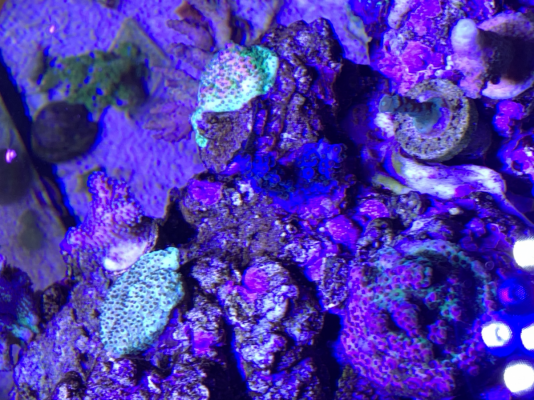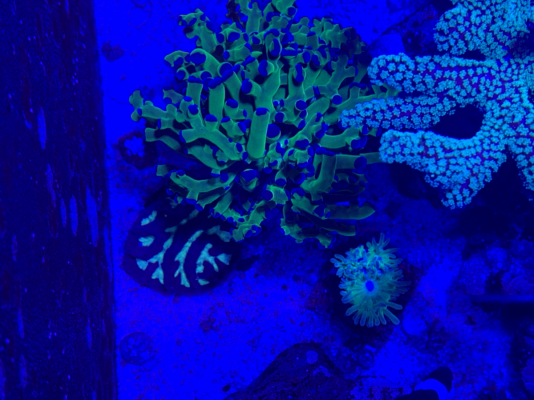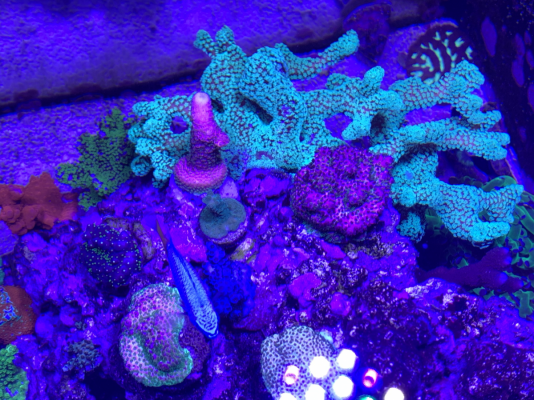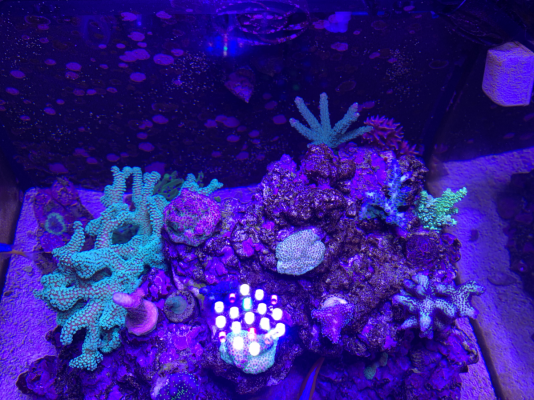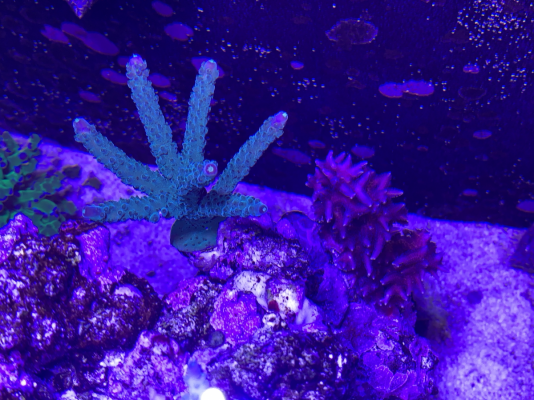Make one of these (or buy it, I chose to make it.

Run it this way_____ doser pulls from ATO container. Pushes RO water into "device" device pushes saturated kalk into tank.
dose kalk As well as whatever else your using. But Max your kalk out first

my PH is sitting around 8.3 in a two bedroom apartment with three if not four people home (and breathing) at all times
Ah I love this. This is so much better than burning up my Tunze ATO pumps in kalkwasser solution.







